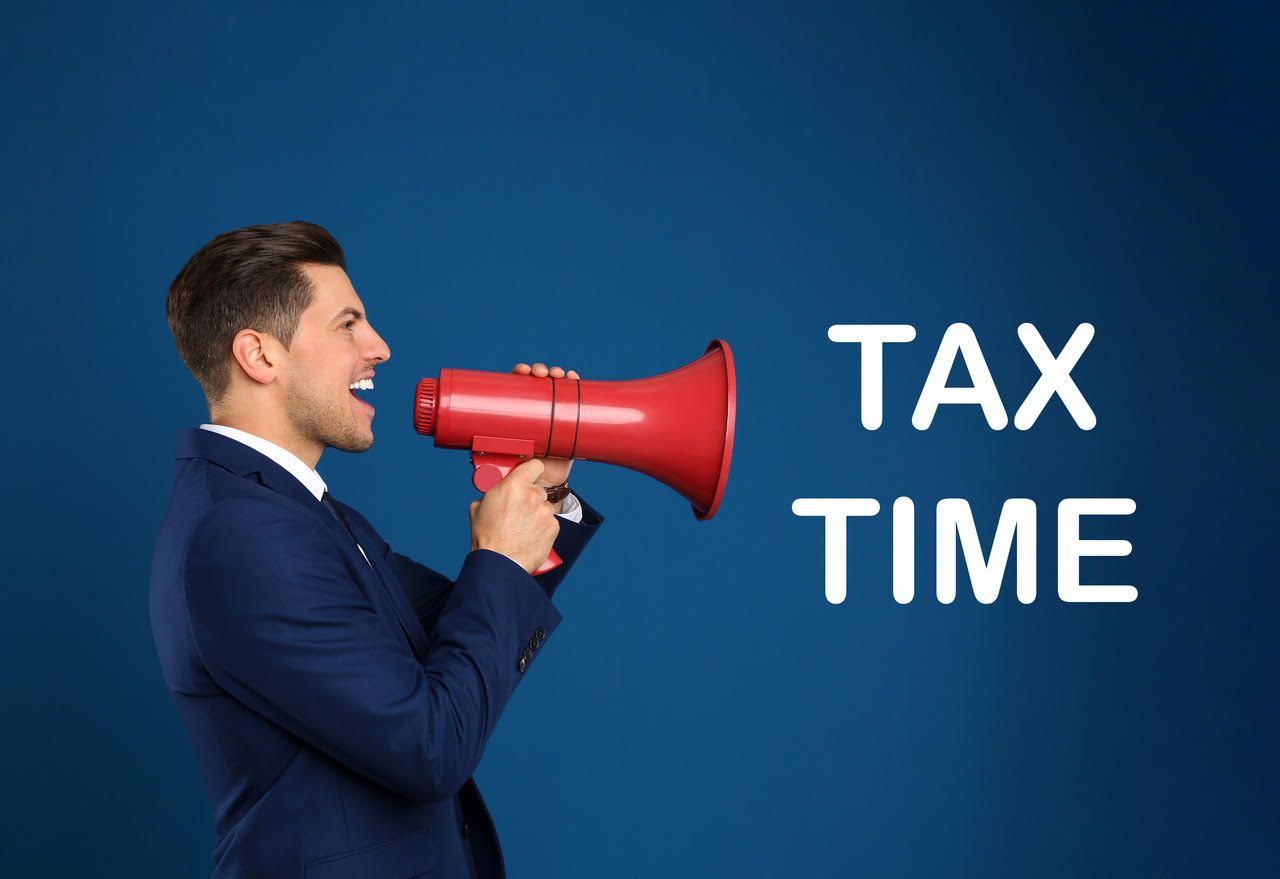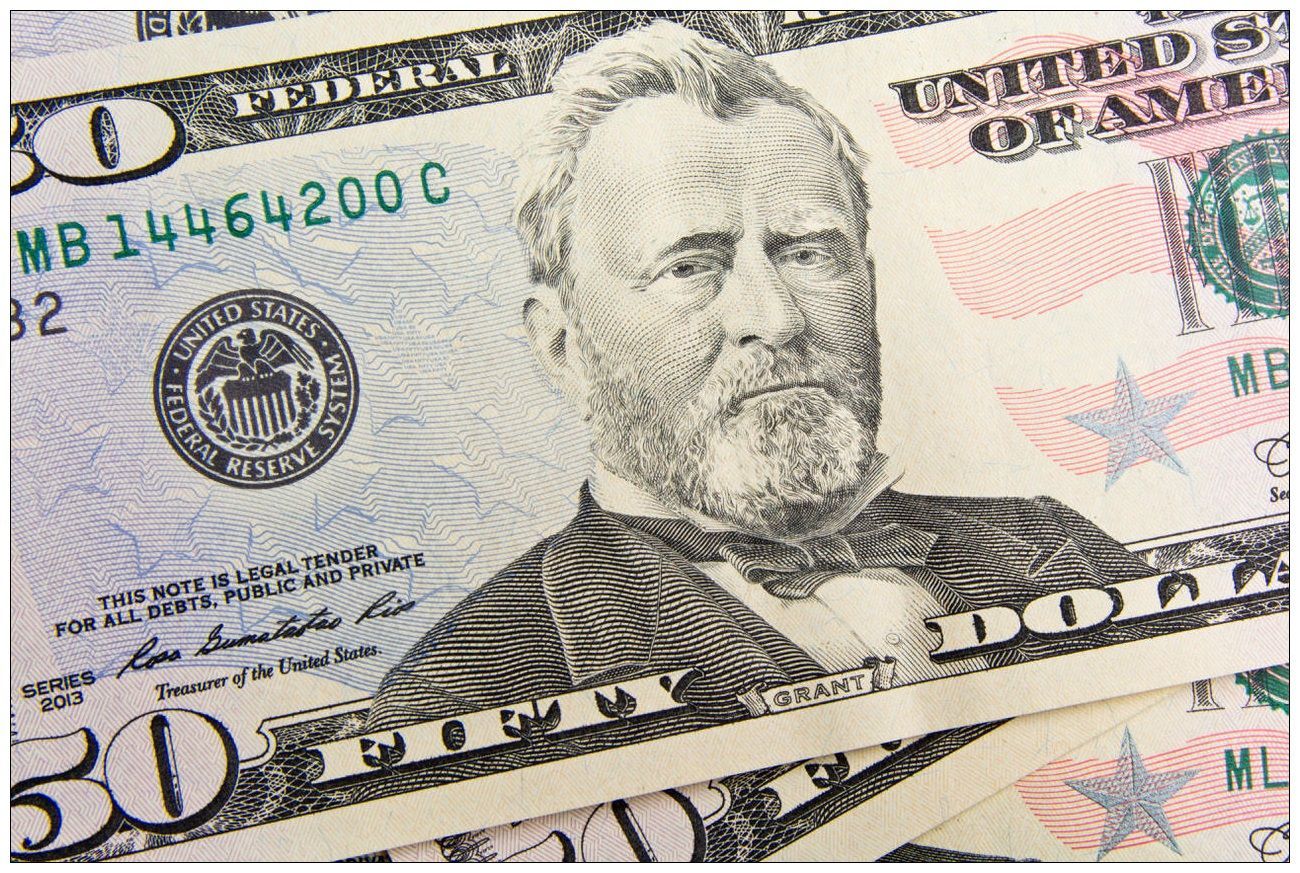Tax Season Is Debt Payoff Season

Using 2024 Tax Refunds Wisely
“Pay off your debt first. Freedom from debt is worth more than any amount you can earn.” - Mark Cuban
Do you know the average 2024 federal tax refund is expected to exceed $2,800? Your consumers can use that money to improve their financial health (and yours) by paying off debt.
That’s precisely what 44% of refund recipients plan to do, according to a CNBC survey of 4,300 U.S. adults. The survey also found that most Americans (53%) have no emergency fund to cover unforeseen expenses.
Choose Wisely, Grasshopper
While paying off debt may not sound as glamorous as booking a cruise or splurging on a new wardrobe, it’s a much wiser choice. Here’s how you can help your consumers choose wisely:
- Remind them that using their refund to pay off their debts can prevent damaging their credit score or
becoming charge-offs.
- Inform consumers of the significant money they’ll save on interest and reduced monthly debt payments if they use their tax refund to pay down their credit cards. Financial radio host Dave Ramsey offers the following illustration:

April Is Financial
Literacy Month
More than half of all Americans (57%) score lower than 50% on a financial literacy test conducted annually by the Global Financial Literacy Excellence Center. And only 16% of Americans scored between 75% and 100% on last year’s test.
According to the GFLEC study, consumers with very low levels of financial literacy were twice as likely to become debt constrained.
For more than 20 years, April has been recognized as National Financial Literacy Month. This annual observance originated through the National Endowment for Financial Education as part of its High School Financial Program.
Financial Literacy Month engages banks, credit unions, credit counselors, schools, and other organizations to provide educational resources to empower consumers’ financial futures.
To learn more about the need for financial literacy and ways to get involved, visit Jump Start.
It would take 14 years to pay off a $16,748 credit card at 15% interest by making minimum payments. Using a $2,800 tax refund and increasing the monthly payments to correlate with the average increase in income, the card can be paid off in less than two years, saving the consumer $5,600 in interest.
- If your customer owes you more than the tax refund he received, apply the refund to the balance and then work out a payment plan with them for the remainder.
- On the other hand, if the tax refund comes close to covering the debt, consider negotiating a settlement by accepting the refund as payment in full. (Note: Make sure your consumers know that the IRS may deem the unpaid portion of the debt as taxable income.)
- If you’re a healthcare provider, inform your patients that legal complications resulting from medical debt can severely impact their financial well-being. In fact, more than 66% of consumer bankruptcies are caused directly by medical expenses.
- If the tax refund is sizable, suggest that the consumer split the monies between paying off debt and padding their emergency fund, to help them avoid future problems.
Financial Emergency Kit
Here’s a wake-up call: Almost one-third of Americans (32%) would be unable to cover a $400 emergency.
While many experts suggest that the equivalent of three to six months’ salary is the ideal emergency fund, the truth is that as little as $500 or $1,000 set aside in a savings account can provide a significant buffer for your consumers whenever unexpected bills pop up.
In addition, healthcare providers can encourage patients to open a Health Savings Account, especially those who are enrolled in a high-deductible medical insurance plan. HSAs are a tax-free way to help patients save for future qualified medical care. Once they’re no longer incurring medical debt, subsequent tax refunds can be used to build up the consumers’ emergency fund.
Strike While the Iron Is Hot
Tax refund season is the best time to collect on your overdue accounts and help your consumers become debt-free.
Using their tax refunds to pay down their debt probably won’t elicit the same excitement as splurging on luxuries. But it will provide them with much-needed relief while positioning them to reap long-term financial benefits.
Consumers can check on the status of their 2024 federal tax refund using the IRS Where’s My Refund? tool.
Recent Posts
VISIT US
HOURS
HOURS
This communication is from a debt collection agency and is an attempt to collect a debt. Any information obtained will be used for that purpose.











Share On: